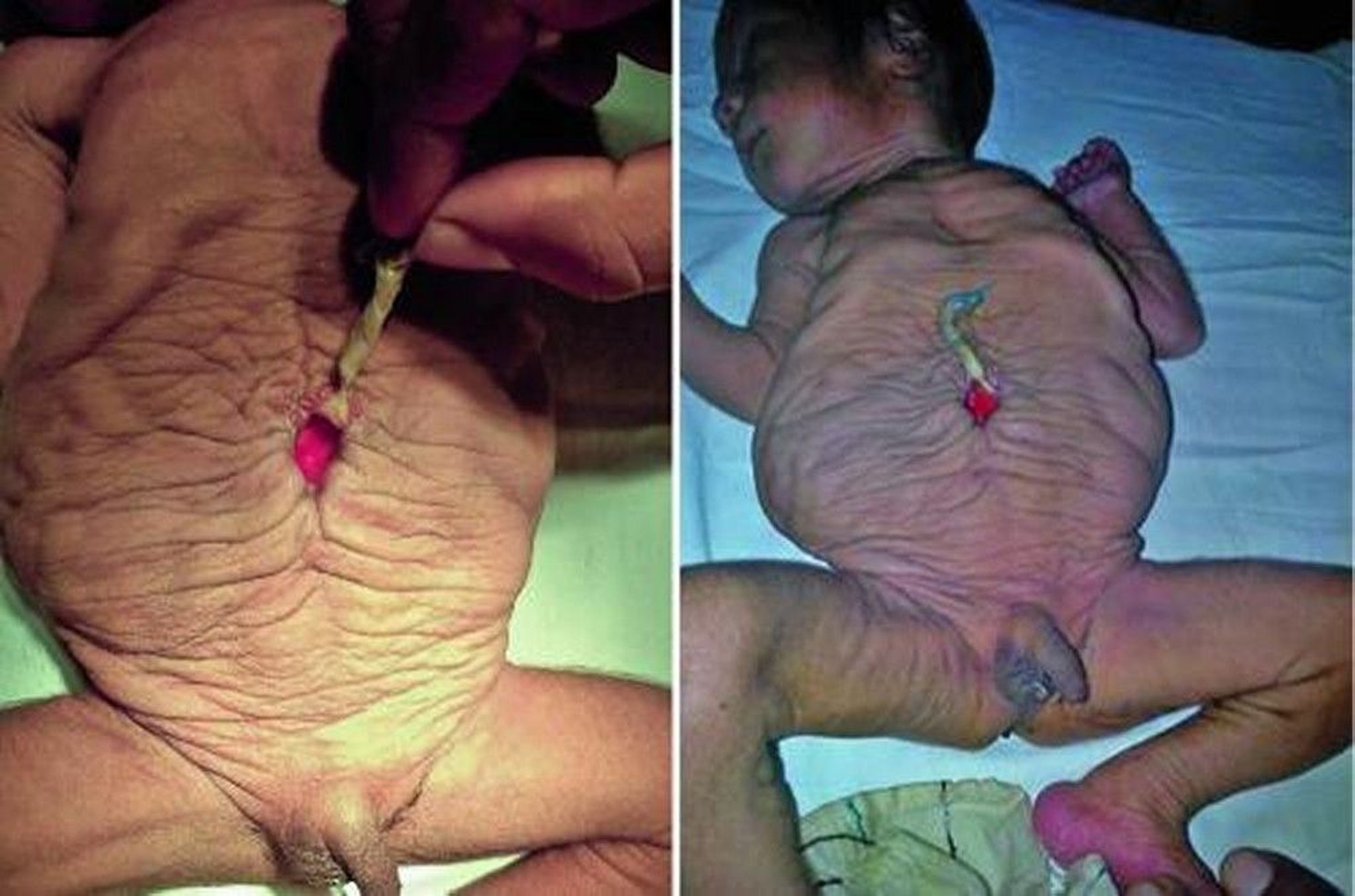Topic Resources
The name prune-belly syndrome derives from the characteristic wrinkled appearance of the abdominal wall in neonates. The cause of this congenital syndrome, which occurs primarily but not exclusively in males, is unclear.
Urinary anomalies may include hydronephrosis, megaureters, vesicoureteral reflux, and urethral anomalies. Severe cases may involve renal failure, bronchopulmonary dysplasia, and fetal demise.
© Springer Science+Business Media
Diagnosis of prune-belly syndrome is often made during routine prenatal ultrasound. In addition to postnatal ultrasound, further evaluation may include voiding cystourethrography and/or an isotope renography.
Treatment of Prune-Belly Syndrome
Possibly surgery
Urinary tract anomalies may require surgical reconstruction. If no urinary intervention is necessary, orchiopexy may be performed in conjunction with an abdominoplasty. Most males have intra-abdominal testes;, thus, orchiopexy is often performed laparoscopically if abdominoplasty is not indicated.
Renal insufficiency is common, and approximately 15 to 20% of patients require dialysis or transplantation (1).
Treatment reference
1. Seidel NE, Arlen AM, Smith EA, Kirsch AJ. Clinical manifestations and management of prune-belly syndrome in a large contemporary pediatric population. Urology. 2015;85(1):211-215. doi:10.1016/j.urology.2014.09.029



